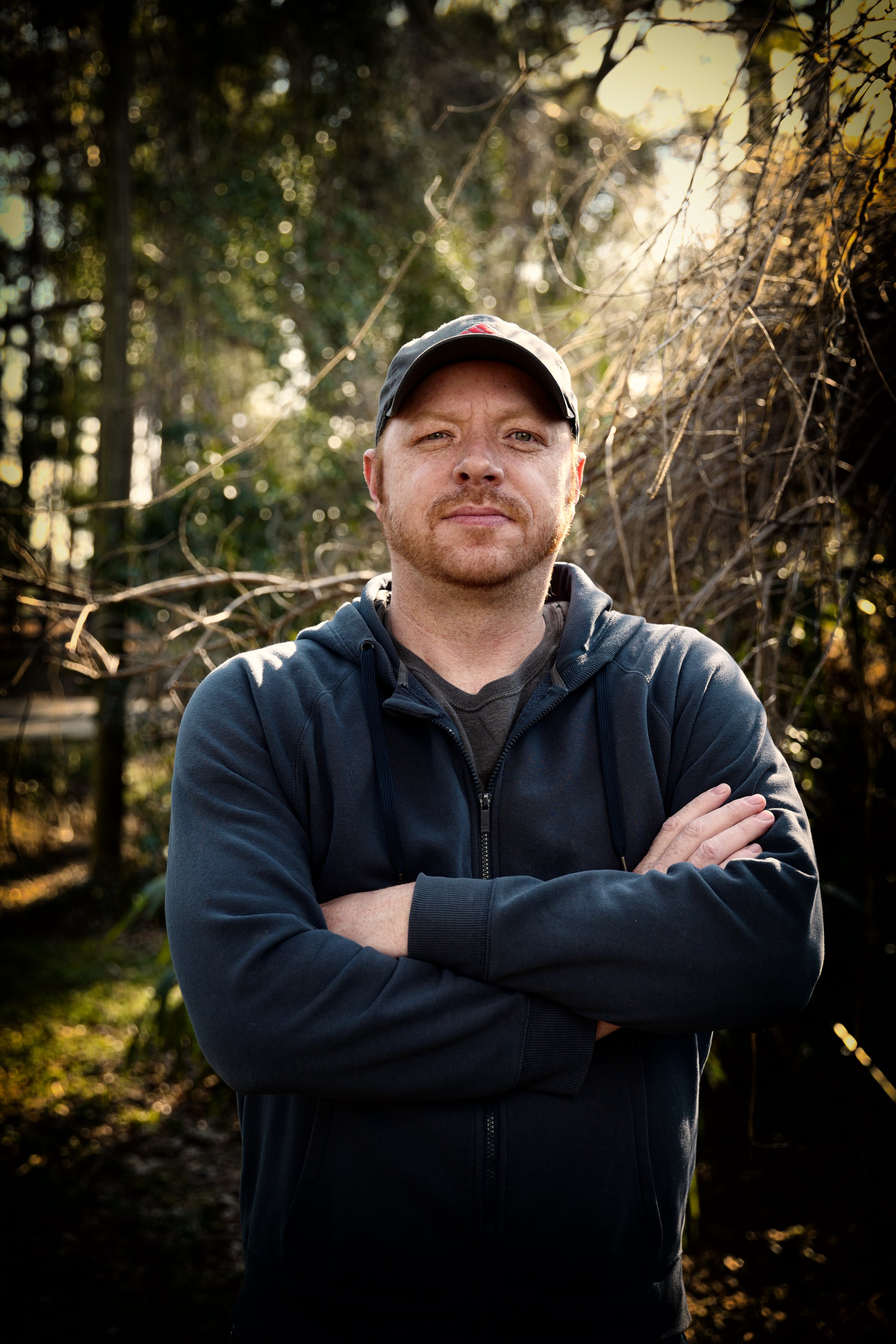About Uv/vis/nir
About Uv/vis/nir
Blog Article
The 15-Second Trick For Uv/vis/nir
Table of ContentsUv/vis/nir Things To Know Before You BuyNot known Facts About Circularly Polarized LuminescenceFascination About SpectrophotometersNot known Details About Spectrophotometers The Only Guide for Circularly Polarized Luminescence

Spectrophotometry is most commonly applied to ultraviolet, visible, and infrared radiation, modern spectrophotometers can question broad swaths of the electromagnetic spectrum, including x-ray, ultraviolet, noticeable, infrared, and/or microwave wavelengths. Spectrophotometry is a tool that depends upon the quantitative analysis of molecules depending on just how much light is absorbed by colored substances.
Some Known Facts About Circularly Polarized Luminescence.
A spectrophotometer is typically utilized for the measurement of transmittance or reflectance of services, transparent or opaque solids, such as polished glass, or gases. Although many biochemicals are colored, as in, they soak up visible light and therefore can be determined by colorimetric treatments, even colorless biochemicals can frequently be converted to colored compounds suitable for chromogenic color-forming responses to yield compounds suitable for colorimetric analysis.: 65 Nevertheless, they can also be developed to measure the diffusivity on any of the listed light ranges that generally cover around 2002500 nm utilizing different controls and calibrations.
An example of an experiment in which spectrophotometry is utilized is the determination of the stability constant of a solution. A certain chemical response within a service might happen in a forward and reverse instructions, where reactants form items and products break down into reactants. At some point, this chain reaction will reach a point of balance called an equilibrium point.
Not known Facts About Circular Dichroism
The quantity of light that goes through the service is a sign of the concentration of specific chemicals that do not allow light to travel through. The absorption of light is due to the interaction of light with the electronic and vibrational modes of particles. Each type of particle has a specific set of energy levels related to the makeup of its chemical bonds and nuclei and hence will take in light of specific wavelengths, or energies, leading to unique spectral homes.
They are commonly utilized in numerous industries consisting of semiconductors, laser and optical manufacturing, printing and forensic assessment, as well as in labs for the study of chemical substances. Spectrophotometry is frequently used in measurements of enzyme activities, decisions of protein concentrations, decisions of enzymatic kinetic constants, and measurements of ligand binding reactions.: 65 Eventually, a spectrophotometer is able to figure out, depending on the control or calibration, what substances are present in a target and exactly how much through estimations of observed wavelengths.
Developed by Arnold O. Beckman in 1940 [], the spectrophotometer was created with the aid of his coworkers at his business National Technical Laboratories established in 1935 which would end up being Beckman Instrument Business and eventually Beckman Coulter. This would come as an option to the previously produced spectrophotometers which were not able to soak up the ultraviolet properly.
Things about Circular Dichroism
It would be found that this did not give acceptable outcomes, therefore in Design B, there was a shift from a glass to a quartz prism which enabled for better absorbance results - spectrophotometers (https://www.pearltrees.com/olisclarity1#item574664694). From internet there, Model C was born with an adjustment to the wavelength resolution which ended up having three systems of it produced
It irradiates the sample with polychromatic light which the sample absorbs depending upon its residential or commercial properties. Then it is sent back by grating the photodiode array which discovers the wavelength region of the spectrum. Ever since, the production and implementation of spectrophotometry gadgets has increased tremendously and has ended up being one of the most innovative instruments of our time.

Getting My Uv/vis/nir To Work
Historically, spectrophotometers utilize a monochromator consisting of a diffraction grating to produce the analytical spectrum. The grating can either be movable or repaired. If a single detector, such as a photomultiplier tube or photodiode is used, the grating can be scanned stepwise (scanning spectrophotometer) so that the detector can measure the light intensity at each wavelength (which will correspond to each "step").
In such systems, the grating is fixed and the intensity of each wavelength of light is measured by a various detector in the range. When making transmission measurements, the spectrophotometer quantitatively compares the portion of light that passes through a recommendation service and a test service, then electronically compares the intensities of the two signals and computes the portion of transmission of the sample compared to the recommendation standard.

Report this page